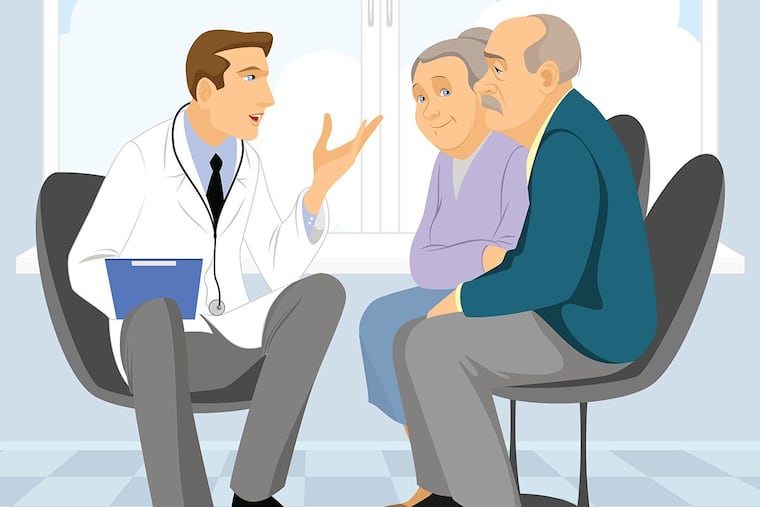For many Philly patients, the doctor can't speak their language
Vietnamese is the most common language "mismatch," spoken by lots of patients but few physicians, a survey finds.

It is no secret that physicians sometimes struggle to translate the language of medicine for their patients. Imagine what it's like when they literally speak different languages.
A new survey suggests that type of communication barrier is common in the Philadelphia area — with plenty of immigrants in both the physician and patient populations, but not necessarily from the same countries.
The most common "mismatch" locally is Vietnamese, according to the analysis by Doximity, a physician social network. Among the 330,000 area residents who do not speak English very well, 5.8 percent speak Vietnamese, while less than 1 percent of local physicians speak that language.
The findings were no surprise to Nancy Dung Nguyen, executive director of VietLead, a nonprofit community group for Philadelphians of Vietnamese origin. She said the shortage was especially acute among physician specialists, with patients sometimes having to rely on younger family members to translate.
Vietnamese-speaking mental health professionals, in particular, are in short supply — a problem in a community where some older immigrants suffer from post-traumatic stress disorder, she said.
"It can be embarrassing when someone is dealing with a health condition, and they're bringing in their 10-year-old kid," Nguyen said. "The patient is left trying to make decisions without full understanding."
Doximity drew its data from a national sample of more than 60,000 physician profiles on the social network, including 2,000 in the greater Philadelphia area. The data on languages spoken by patients came from the U.S. Census Bureau.
Researchers have analyzed doctor-patient language barriers in the past but never on such a wide scale, said Joel Davis, Doximity's vice president of analytics.
Plenty of studies have found that poor understanding can mean sicker patients, said Christopher Whaley, a health economist who helped with the analysis. That happens both when doctors cannot understand a patient's description of symptoms and when the patient does not understand the provider's instructions, he said.
"This has been shown clinically to lead to lower medication adherence and lower adherence to following clinician guidance," said Whaley, an adjunct professor at the University of California, Berkeley School of Public Health.
Nationally, the most common language for which patients cannot find fluent doctors is Swahili, a language spoken among East Africans. Vietnamese also made the national top 10 list for doctor-patient language mismatches, Doximity found.
One way to break the language barrier is to enlist the services of a translator, but some Philadelphia-area physicians are resistant, Nguyen said.
She recalled one recent case in which a Vietnamese immigrant suffered from a complicated dental problem and was unable to find a specialist who spoke his language. A representative from VietLead ended up accompanying him to an appointment with an English-speaking provider, Nguyen said.
Another solution could be to tweak immigration policy, increasing the numbers of physicians who speak underrepresented languages, Doximity's Davis said.
"We're excited to make this information available to both the physician population as well as policy-makers and health-care administrators in the hope it can inform physician recruitment," he said.